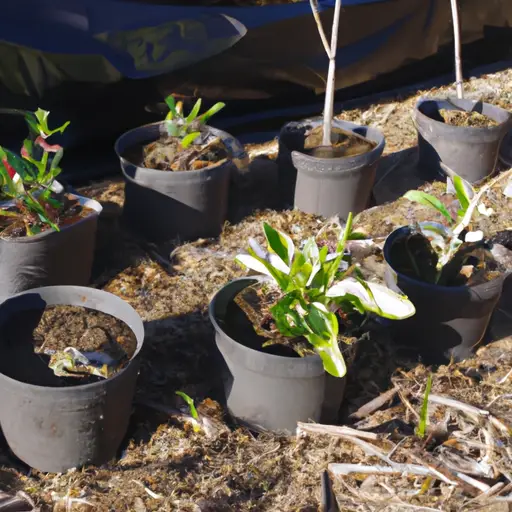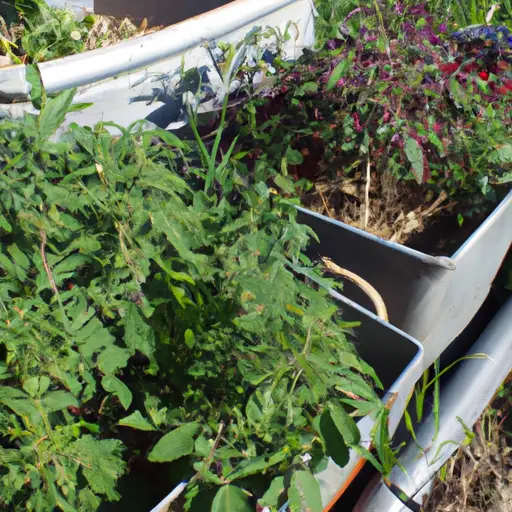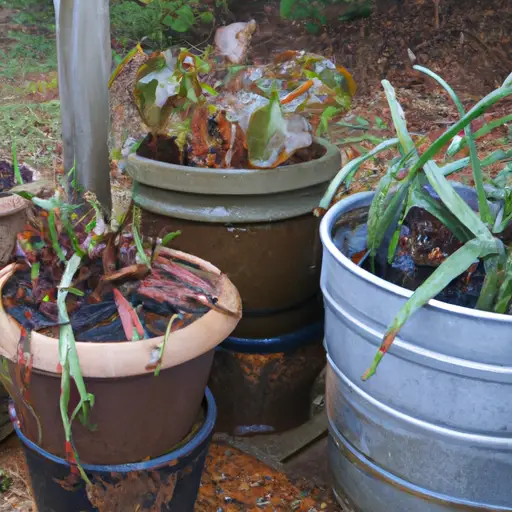Nurturing Native Plants in Containers for Sustainable Landscaping
Introduction:
Sustainable landscaping is becoming increasingly popular as people look for ways to create beautiful outdoor spaces while minimizing their environmental impact. One key aspect of sustainable landscaping is the use of native plants, which are naturally adapted to the local climate and require less water, fertilizer, and maintenance. While many homeowners may think that native plants are limited to being planted directly in the ground, they can also be successfully nurtured in containers. This article will explore the benefits and techniques of nurturing native plants in containers for sustainable landscaping.
Benefits of Nurturing Native Plants in Containers:
1. Versatility: Using containers allows you to incorporate native plants in a variety of settings, from small balconies to expansive rooftop gardens. It provides flexibility and allows those with limited space or poor soil conditions to still enjoy the benefits of native plants.
2. Water Conservation: Native plants are adapted to local rainfall patterns and typically require less water than non-native species. By nurturing them in containers, you can easily control water usage, avoiding both waste and overwatering.

3. Soil Preservation: One advantage of container gardening is that it eliminates the need for digging into existing soil, especially in urban areas with contaminated or compromised ground. This helps preserve natural soil ecosystems by preventing unnecessary disturbance.
4. Easy Maintenance: Container gardening reduces the risk of invasive species spreading into ecosystems since it creates a controlled environment that limits the spread of plant roots beyond their intended area. Additionally, it simplifies maintenance tasks such as weeding and pruning.
Techniques for Nurturing Native Plants in Containers:
1. Choosing Suitable Containers: Selecting appropriate containers is crucial for successful container gardening. Ensure that your chosen container has good drainage holes to prevent waterlogging and root rot. Opt for materials like terracotta or resin that do not leach harmful chemicals into the soil.
2. Selecting Native Plant Varieties: When choosing native plants, consider their growth habits and sizes. Select species that will thrive in containers and won’t outgrow the available space too quickly. Look for locally-sourced plants from reputable nurseries or organizations to ensure they are true natives.
3. Soil Mix and Fertilization: Native plants generally prefer well-draining soil. Create a suitable soil mix by combining compost with organic potting soil or a mix of sand, peat moss, and perlite to enhance drainage. Avoid using synthetic fertilizers; instead, use organic options or rely on slow-release fertilizers specifically formulated for container gardening.

4. Watering Techniques: Native plants are often drought-tolerant but require occasional watering, especially during periods of extended dryness. Water thoroughly but infrequently to encourage deep root growth rather than shallow surface roots. Check the moisture level by sticking your finger into the soil about an inch deep – if it feels dry, it’s time to water.
5. Sunlight Needs: Determine the optimal sunlight requirements for each native plant species and choose container locations accordingly. Some species thrive in full sun, while others prefer partial shade. Ensure that your chosen containers can be easily moved around to accommodate changing sunlight conditions throughout the year.
6. Regular Maintenance: Regularly inspect your containers for signs of pests, diseases, or nutrient deficiencies. Remove any yellowing leaves or dead plant material promptly to maintain plant health and vigor. Prune as necessary to control growth without compromising the plant’s natural shape.
Conclusion:
Incorporating native plants into your sustainable landscaping efforts not only helps support local ecosystems but also provides numerous benefits for your outdoor space. Nurturing native plants in containers allows for greater versatility, water conservation, soil preservation, and easier maintenance while still enjoying the beauty and environmental advantages of these special plants. By following appropriate techniques such as selecting suitable containers, using proper soil mixtures, providing adequate water and sunlight, and conducting regular maintenance, you can successfully grow native plants in containers and create a sustainable landscape that thrives.













